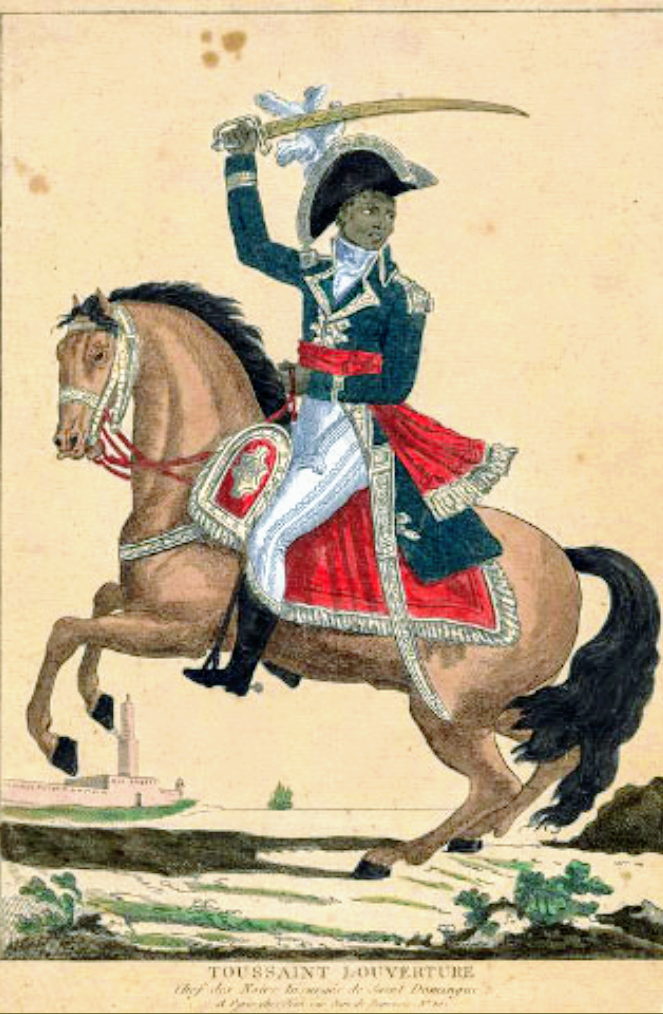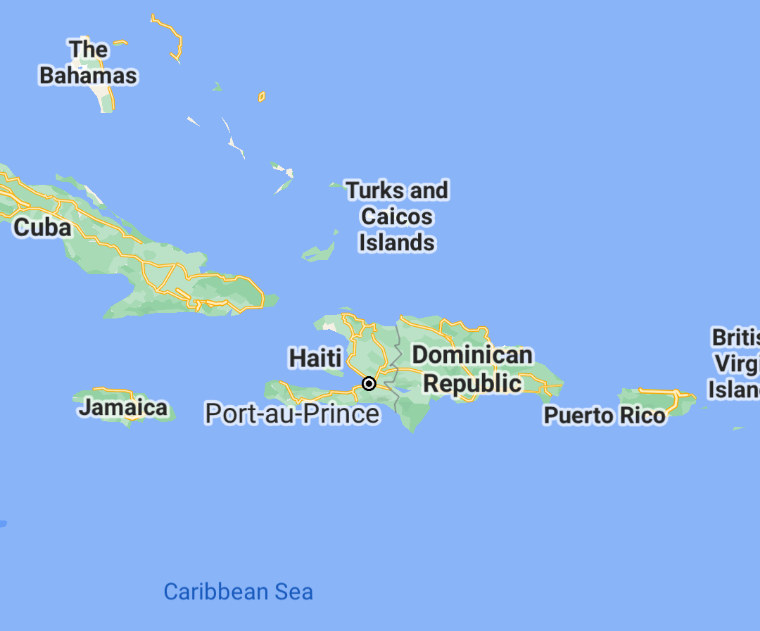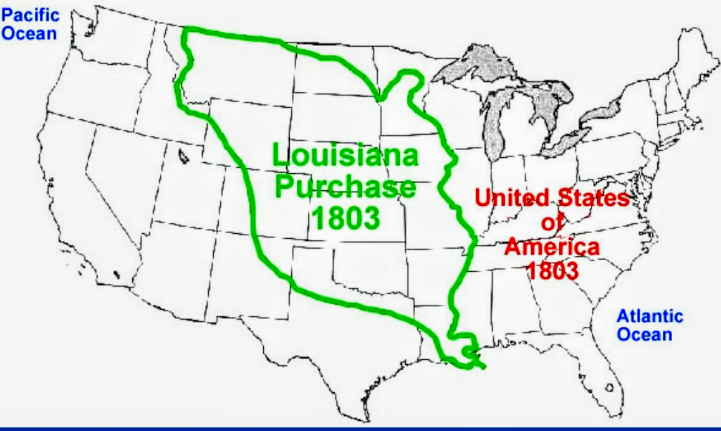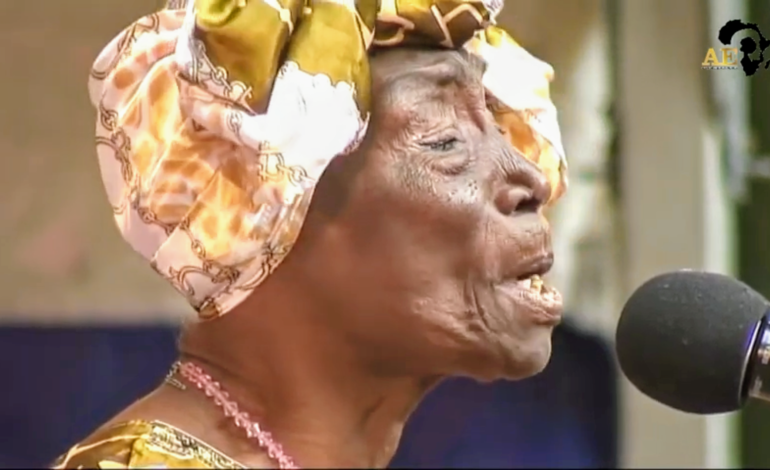
Maina wa Njuguna
A few facts about Haiti –
• Haiti is the poorest country in the western hemisphere (GDP per capita: $1272.49, 2019)
• French and Creole are the official languages in Haiti
• In Haiti, only one partner needs to be present for a divorce to take place
• Haiti was the first country in the Western Hemisphere to abolish slavery
• Voodoo is an officially recognized religion in Haiti
Haiti was a French colony and a remarkably successful one economically largely because of the brutality that was meted upon the black enslaved population by their French masters. Its slave-based sugar and coffee industries had made it the most profitable protectorate in the Americas.
1791 – 1804: A slave revolt ensued led by a slave named Toussaint-Louverture, who took control of a group of rebels.

His father was an African, a prisoner of war who was sold into slavery in Saint Dominque (a French colony from 1659 – 1804 on the Caribbean Island of Hispaniola: the island that now hosts two countries – the Dominican Republic and Haiti)

Hispaniola
1825: France imposed on the newly liberated island 150,000,000 Franc to recognize the Haitian revolution. The Haitian people borrowed the money from French banks, a loan that was fully paid with interests in 1947.
* This debt imposition is a characteristic of France’s dealings with former colonies; a practice perfected on its former African colonies.
This solidly bankrupted and indebted the Haitian people by robbing them for one hundred and two years (102 yrs.), a stolen and lost century of economic growth potential and massive wealth transfer to France and the west.

In comparison, the Louisiana Purchase cost the US $15,000,000 which was roughly half of the cost Haitians paid France for “kicking their ass”.

1894-1915: Jean Vilbrun Guillaume Sam was the president of Haiti and a tyrant. He executed over hundred political prisoners and opponents in the month of July 1915. As a result, the Haitian people revolted and executed him.
This laid the grounds of US invasion of the island because they wanted stability in the region and paid less attention to the causes of the revolt.
1915- 1934: US took the Haitian gold reserves and deposited them in New York banks to prop up the New York Wall Street. The US began to directly and later indirectly administer the island.
1957 -1986: Haiti was led by the notorious Duvalier family – President Jean-Claude Duvalier popularly known as “Papa Doc” and later on his son, Francois Duvalier, popularly known as “Baby Doc”, stooges of the west in tandem with international institutions at the expense, exploitation and against the will of Haitian people.
Only with the assistance of the US and UN financial institutions, i.e., International Monetary Fund (IMF) and World Bank was the dictatorship possible.
President Jean-Claude Duvalier was an American trained doctor and won popular support of the majority ‘black’ people who were tired of the discrimination and ruin from the minority, elite mulatto power base.
Unfortunately, his promises of a better future started to fade away soon when he began to amend the constitution and amass more power and its abuse.
His son, Francois Duvalier, “Baby Doc” took over upon the death of his father and continued without the skip of a heartbeat the ruthlessness that had been witnessed during his father’s reign.
The entire Duvalier’s regime was characterized by immense corruption, human rights abuses, mass exodus of Haitian professionals, stagnated or contracting economy, increased indebtedness etc.
By the end of the Duvalier’s reign of terror, conservative numbers estimate about 60,000 Haitians had been executed.
Besides the long Duvaliers’ regime, the country has been marked by a series of coup d’état by the military and political factions, debilitating the country’s economic potential; a high price paid by generation of Haitians.
“Poverty, corruption, vulnerability to natural disasters, and low levels of education for much of the population represent some of the most serious impediments to Haiti’s economic growth”. (Source: Moody’s Analytics)
The US has intervened numerous times with mixed results.
At the heart of Haiti’s challenges is the lack of sincere partnerships with outside interests and galvanizing long-term solutions to her challenges will be a big feat to overcome.
SOME EFFECTS OF HATIAN REVOLUTION
• Abolition of SLAVE TRADE in 1789 and one of the main catalysts of the INTERNATIONAL ABOLITION OF SLAVE TRADE in 1807.
• The loss of the Caribbean territory demoralized Napoleon and the French at large leading to the sale of an entire region, i.e., THE LOUISIANA PURCHASE – an entire territory west of the Mississippi river which doubled the United States territory (828,000 sq. miles).
• Inspired insurrections of enslaved people in the west and a shinning light of the possibilities to Africa’s liberation from colonialism to that of freedom and self-determination.
Footnotes:
International Monetary Fund (IMF) –international financial institution that formulates policies on economic matters to foster financial stability, facilitate international trade, reduce poverty and harness global economic development.
Mulatto – a person of mixed white and black ancestry, especially a person with one white and one black parent.
Louisiana Purchase – acquisition of Louisiana territory from France by the US in 1803. The territory encompasses about 13 US states.
World Bank – international institution that offers loans and grants to low- and middle-income countries for capital projects.
RELATED
AN OVERVIEW OF THE HAITIAN REVOLUTION




